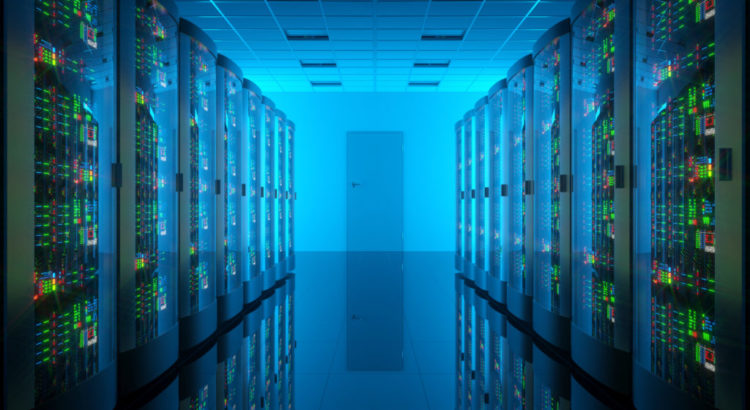
Using SNIA Swordfish™ to Manage Storage on Your Network
Consider how we charge our phones: we can plug them into a computer’s USB port, into a wall outlet using a power adapter, or into an external/portable power bank. We can even place them on top of a Qi-enabled pad for wireless charging. None of these options are complicated, but we routinely charge our phones throughout the day and, thanks to USB and standardized charging interfaces, our decision boils down to what is available and convenient.
Now consider how a storage administrator chooses to add storage capacity to a datacenter. There are so many ways to do it: Add one or more physical drives to a single server; add additional storage nodes to a software-defined storage cluster; add additional storage to a dedicated storage network device that provides storage to be used by other (data) servers.
These options all require consideration as to the data protection methods utilized such as RAID or Erasure Coding, and the performance expectations these entail. Complicating matters further are the many different devices and standards to choose from, including traditional spinning HDDs, SSDs, Flash memory, optical drives, and Persistent Memory.
Each storage instance can also be deployed as file, block, or object storage which can affect performance. Selection of the communication protocol such as iSCSI and FC/FCoE can limit scalability options. And finally, with some vendors adding the requirement of using their management paradigm to control these assets, it’s easy to see how these choices can be daunting.
But… it doesn’t need to be so complicated! Read More